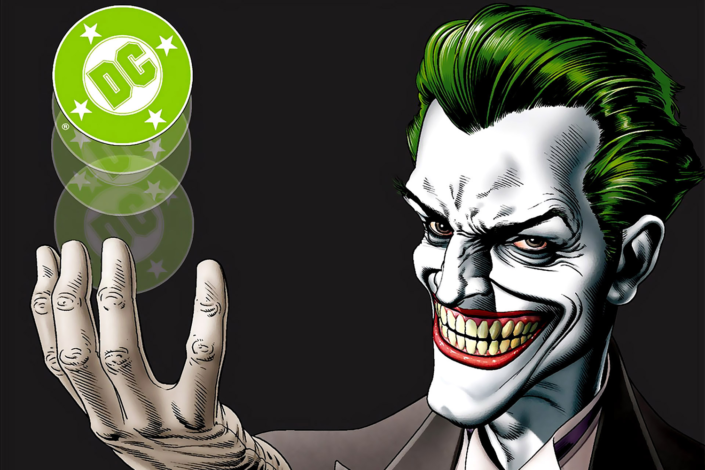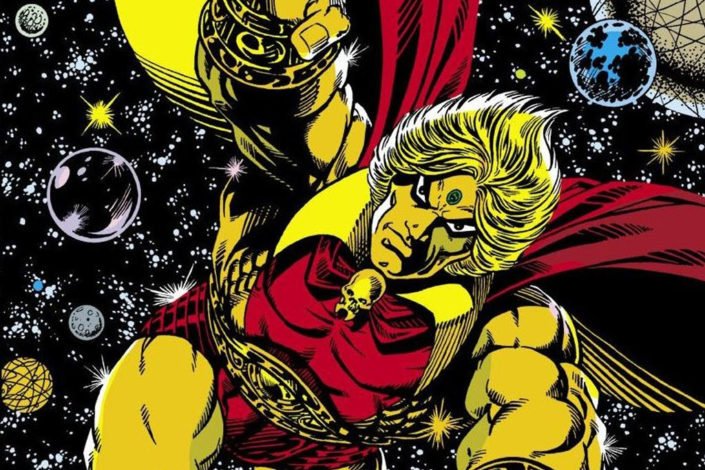Kick-Ass Comics, a Reading Guide for the Mark Millar series (including Hit-Girl)

What would it look like to be a superhero in the real world? This is a question writer Mark Millar and artist John Romita Jr. explored in the famous Kick-Ass comic book series, originally published by Marvel Comics under the Icon Imprint, and later republished under Image Comics, between 2008 and 2019. The universe was expanded with two spin-off series, including one focusing on Hit-Girl. And it has been adapted by director Matthew Vaughn into a successful movie, followed by a less successful sequel.
But let’s go back to the beginning. Dave Lizewski is an ordinary New York teenage boy who loves superheroes. One day, he decides to cross the line, put on a costume, and become a vigilante. Soon enough, he discovers it’s very dangerous and way more real than what he reads in the comic book pages.
Despite the punch and the blood, his actions have some effects, inspiring others. And in his fight against crime, he meets the young Mindy McCready aka the ruthless Hit-Girl…
Read More »Kick-Ass Comics, a Reading Guide for the Mark Millar series (including Hit-Girl)








